Your neck is made up of the cervical spine and the tissues and structures that support it. In addition to moving your head and connecting it to the rest of your body, your neck plays a critical role in housing and protecting your spinal cord and the nerves that emanate from it. Because of the neck’s complex architecture, many factors can contribute to neck pain.
Conventional neck pain treatment zeros in on pain relief, often involving medications and steroid injections that only mask the symptoms. At NYDNRehab, our holistic approach to neck pain goes beyond treating your symptoms, to identifying and eliminating the underlying causes.
Dr. Lev Kalika, DC clinical director of NYDNRehab, is an internationally recognized expert in diagnostic and musculoskeletal ultrasonography, with multiple research publications to his credit. As a holistic practitioner with 20+ years of experience, Dr. Kalika has developed his own unique approach to neck pain diagnosis and treatment.
Dr. Kalika has studied with some of the world’s most prestigious experts in diagnostic, fascia, and nerve ultrasonography, and has presented his research at multiple international conferences. His expertise in dynamic functional and fascial ultrasonography is well recognised among his colleagues. Dr. Kalika is an active member of the American Institute of Ultrasound in Medicine (AIUM).

Orthobiologic specialist
Dr. Yuri Brosgol, MD is a neurologist with 20+ years of experience in treating pediatric and adult myofascial pain. As a pioneer in orthobiologics and fascial release techniques, Dr. Brosgol learned fascial hydro release methodology directly from Dr. Carla Stecco, the world’s leading specialist in fascial science.
Together, Dr. Kalika and Dr. Brosgol are revolutionizing the way injuries, pain syndromes and movement disorders are diagnosed and treated. Their combined expertise makes NYDNRehab the clinic of choice for neck pain treatment in NYC.
Cervical Vertebrae C1-C7:
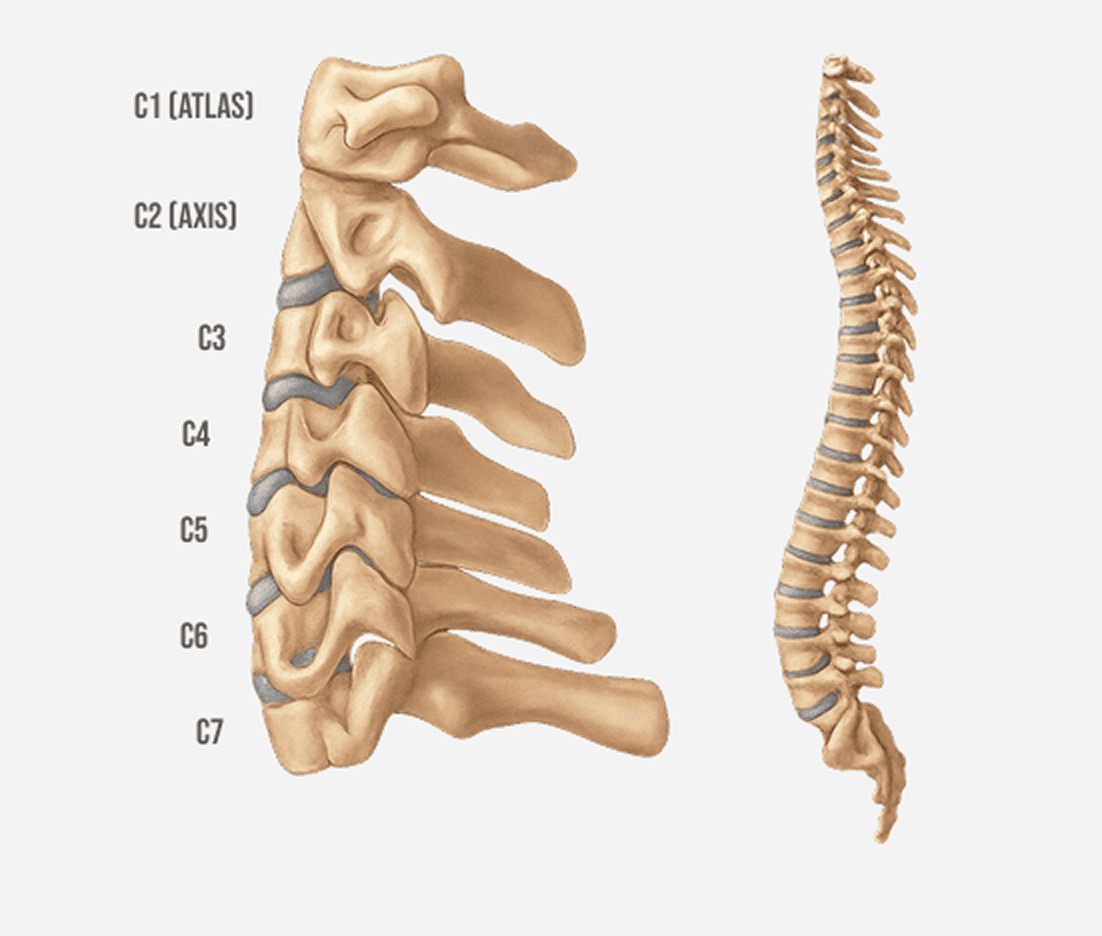
Multiple muscles coordinate to support the neck and enable neck and head mobility:
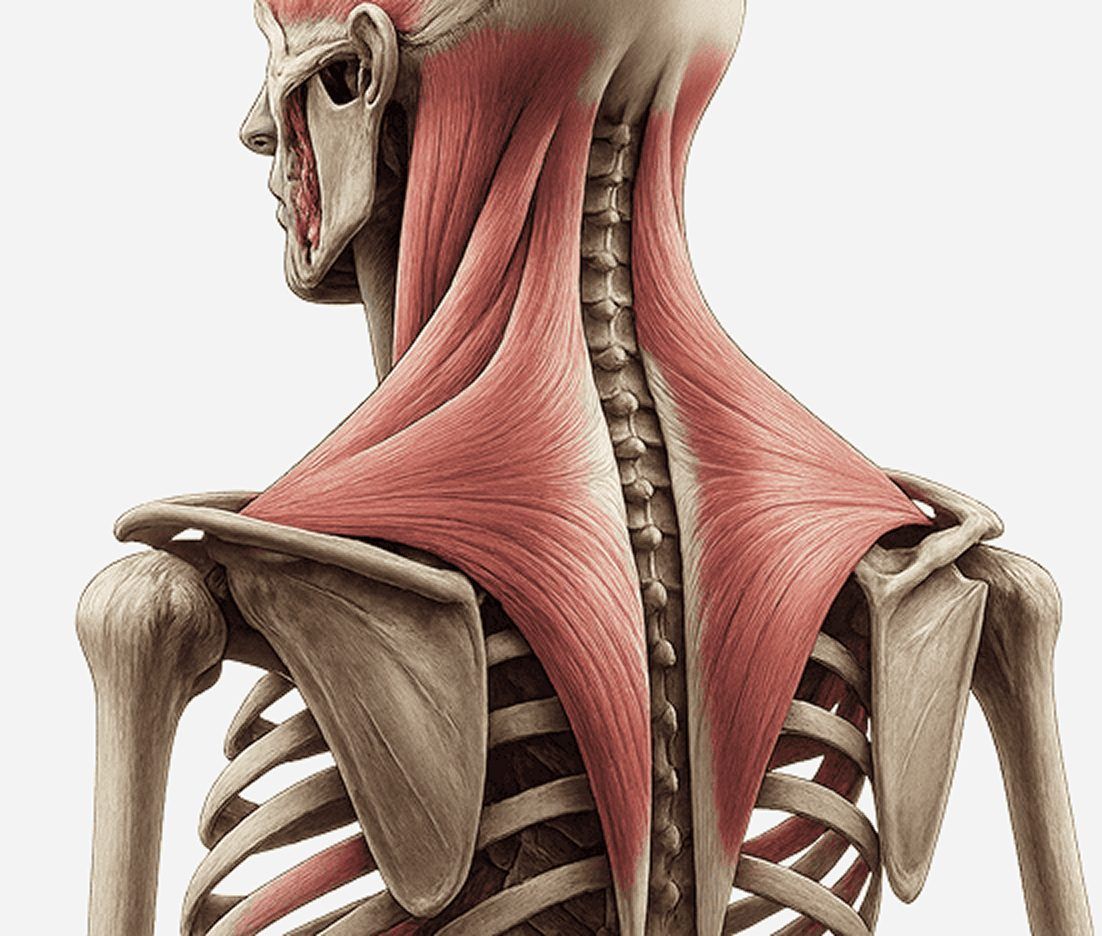
Several ligaments contribute to head and neck stability:
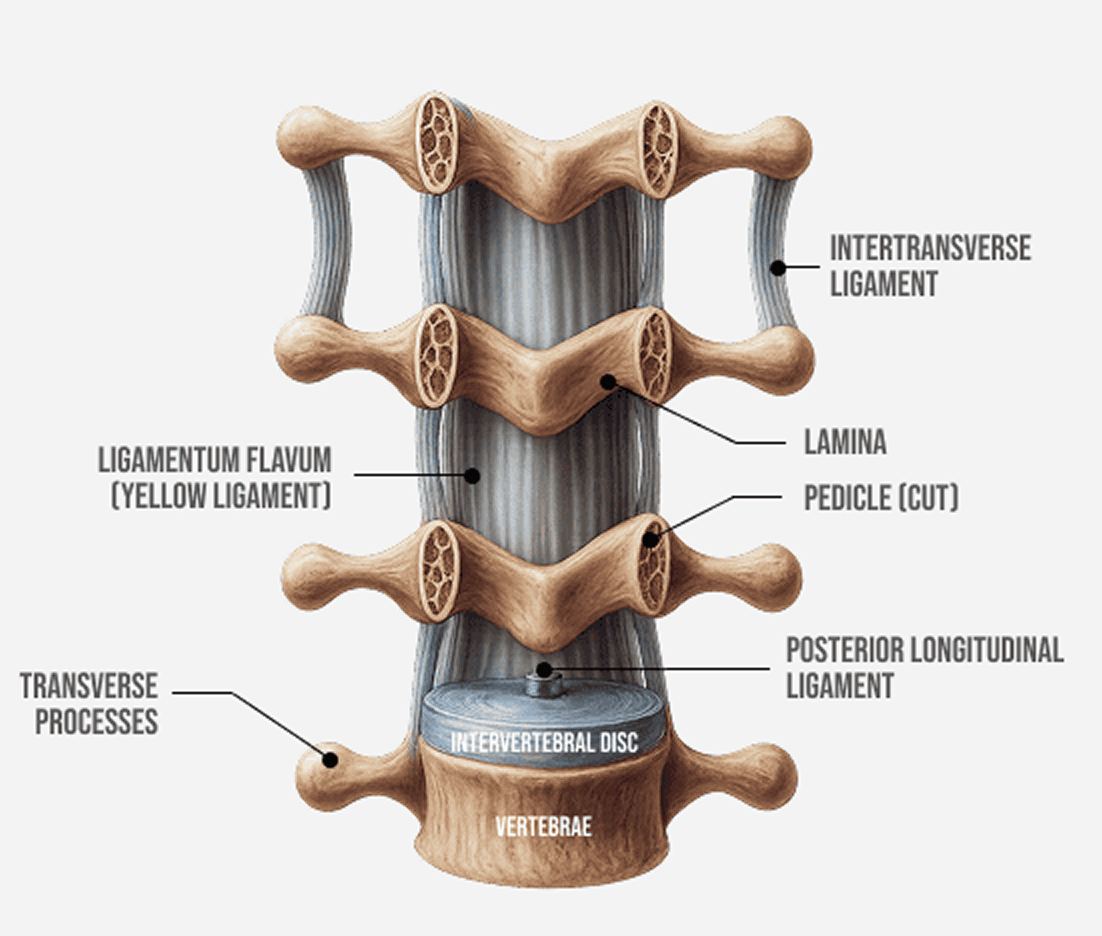
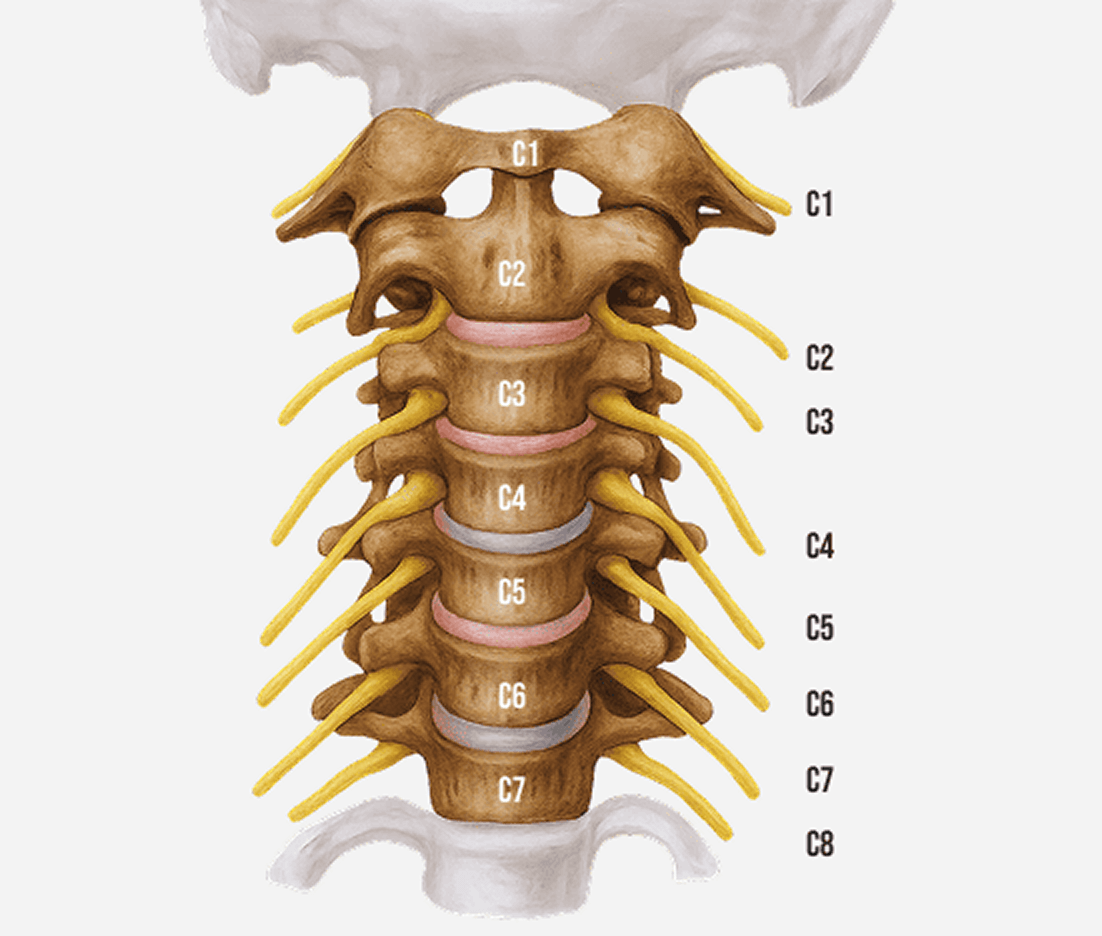
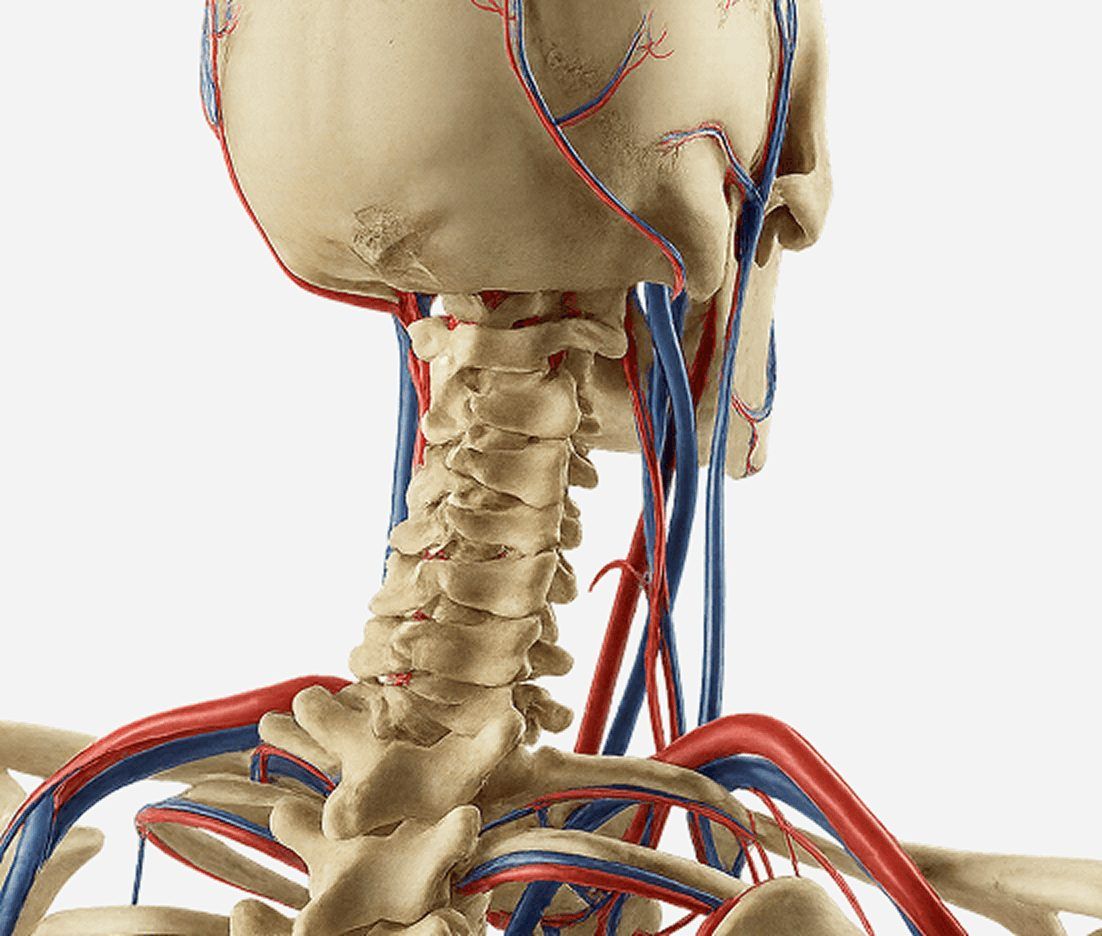

Conventional medical diagnosis of neck pain is typically symptoms-based, and treatment typically involves pain medications, steroid injections, and physical therapy exercises for muscle strengthening and improved flexibility. When symptoms persist, surgery may be recommended to relieve pressure on the nerves and spinal cord. However, unless underlying issues are identified and addressed, your neck pain is likely to return, creating a vicious cycle of pain and treatment as your health gradually declines.
A commonly overlooked factor is that neck pain often originates from areas other than the neck itself. Poor posture, scapular dyskinesis, shoulder issues, fascial densifications and trigger points can all cause or contribute to neck pain. Yet medical insurance ties the hands of physicians, denying reimbursement for treatments that do not directly target the neck. When doctors have done everything they can, the patient is often referred for physical therapy. But physios who partner directly with doctors rarely have the skills or the resources to personalize patient care. Most rely on one-size-fits-all exercise protocols, treating multiple patients with different conditions in the same session.
At NYDNRehab, we treat the whole patient, not just your symptoms. Our personalized treatment plans and one-on-one therapy sessions mean you get the best care available, based on your unique health profile. Your first session begins with a thorough scan of your neck, shoulder girdle, upper back and scapular region using high resolution diagnostic ultrasound. Dr. Kalika’s deep understanding of human anatomy coupled with his expertise in ultrasound imaging ensure that all factors related to your neck pain are identified and noted.
Once we complete a detailed diagnosis, we develop a personalized treatment plan that begins with tissue healing and restoration, and progresses to physical therapy – all without drugs or surgery! We track your progress at every stage, to ensure your treatment protocol is delivering the desired results.

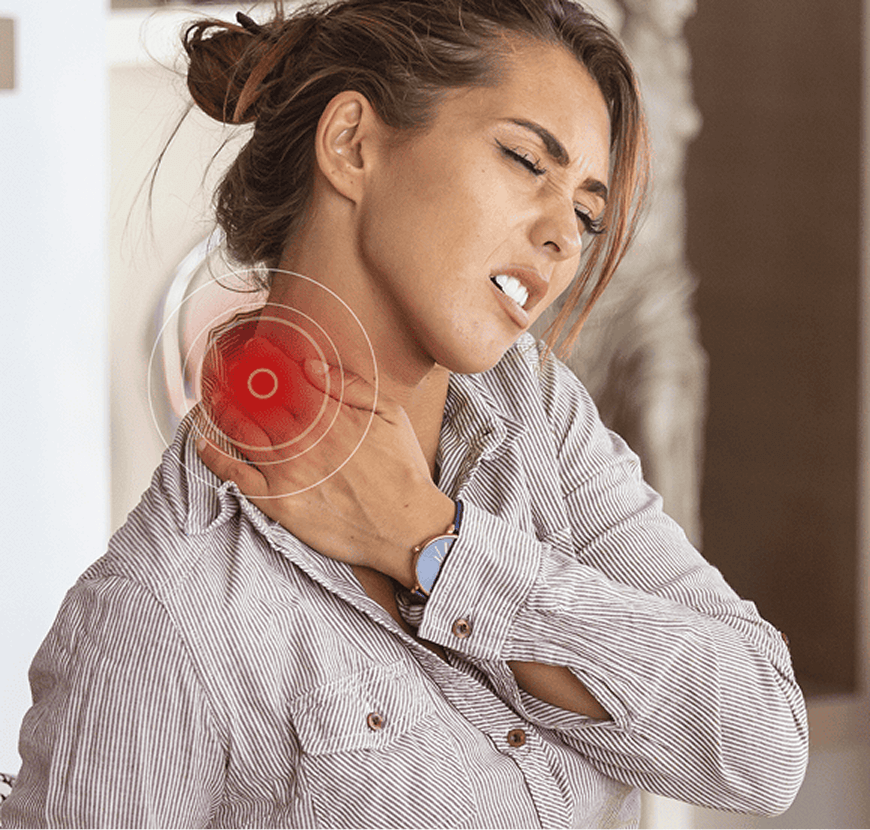
Most cases of neck pain are diagnosed based on symptoms, health history and physical exam alone, with imaging reserved for persistent pain after medical interventions have failed. Lack of diagnostic imaging means that certain neurological conditions, fractures or tumors can go undetected for months while the patient runs the course of conventional treatment.
At NYDNRehab, we provide a personalized and thorough exam designed to root out any potential causes of neck pain. Our diagnostic process is thorough and accurate, and we are happy to answer your questions, explain our procedures and invite your feedback.


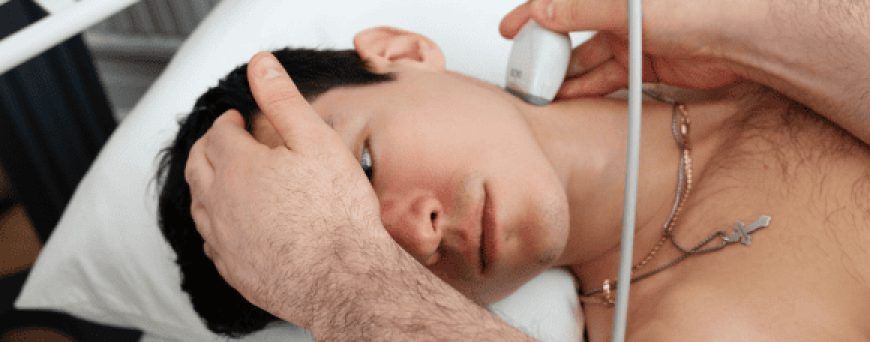
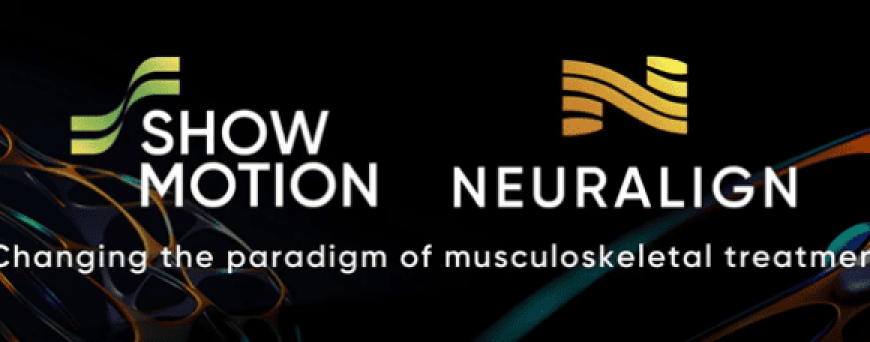
Once we identify the underlying causes of your neck pain, we quickly create a personalized treatment protocol, to set you on the road to healing without delay.
Most people don’t seek treatment for neck pain until it begins to interfere with their daily activities. By then, structural shifts have likely taken place that affect – and are affected by – other areas of the body.
Common factors that contribute to neck pain include:

It is common knowledge among medical practitioners – and backed by extensive scientific evidence – that most back and neck pain is NOT caused by disc herniations/protrusions. Yet conventional medical treatment zeros in on the locus of pain, often treating a bulging disc with epidural steroid injections (ESIs), with the end goal of eliminating pain, enhancing functional mobility, and shrinking the protruding disc.
However, research indicates that while ESIs may provide some short-term relief, the effect is not maintained in the long run. In fact, the disc itself is rarely the primary pain generator, and even when it is (in less than 15% of cases) treatment needs to be applied to the entire upper body, since neck pain is multifactorial and requires a holistic approach.
Spinal surgeries are even less effective, with potential horrific side effects that lead to adjacent segment disease (ASD) – a condition that arises after spinal fusion surgery where degenerative changes occur in the discs and vertebrae above and below the surgery site – leading to even more surgeries.
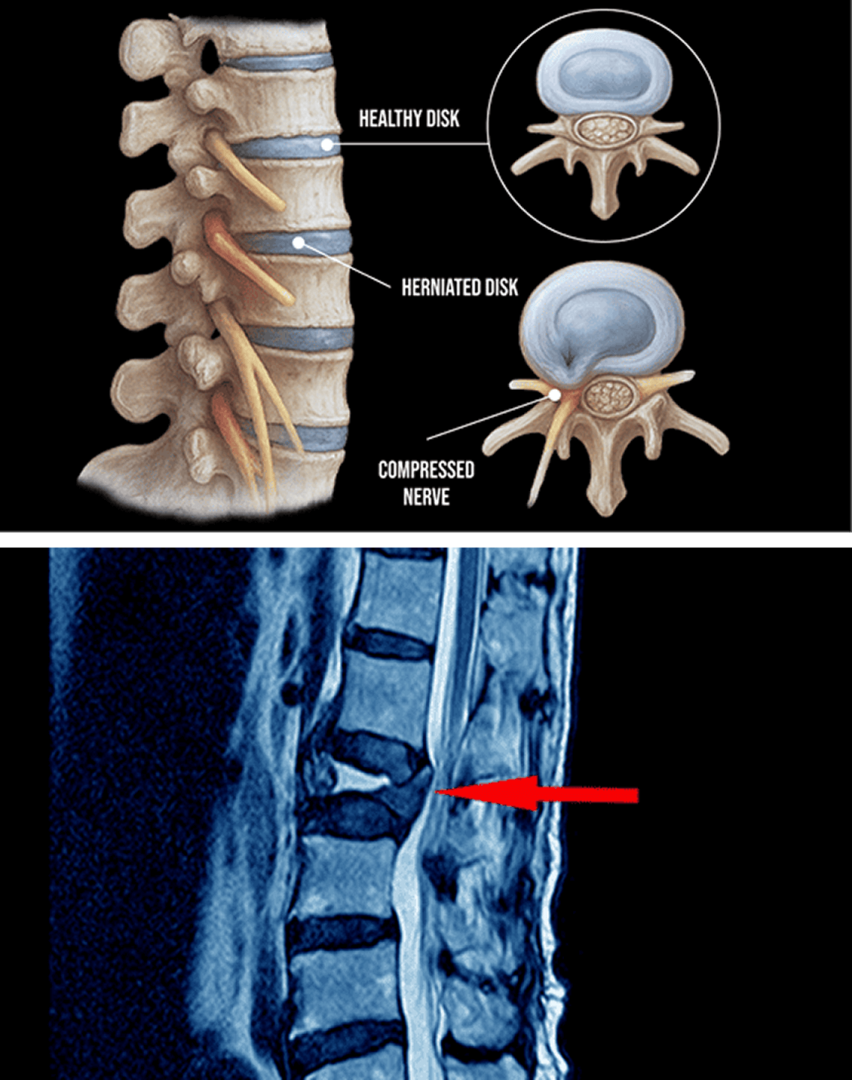
Physical therapy is an important component of rehabilitation, but it does not provide a stand-alone solution. Prior to beginning physical therapy, we need to identify and treat complications that can undermine the effectiveness of physical therapy.
Issues that should be addressed prior to beginning physical therapy include:
Identifying and treating underlying issues prior to beginning physical therapy is key to getting fast and effective results. Failure to do so can completely undermine your treatment protocol, and in some cases your condition may even worsen.
Regenerative therapies tap into the body’s natural healing mechanisms by stimulating the migration of stem cells, growth factors and immune cells to the treatment site, to promote the neogenesis of cells and blood vessels and accelerate the healing process. When combined with other therapeutic approaches, they give our patients a huge advantage over conventional physical therapy.
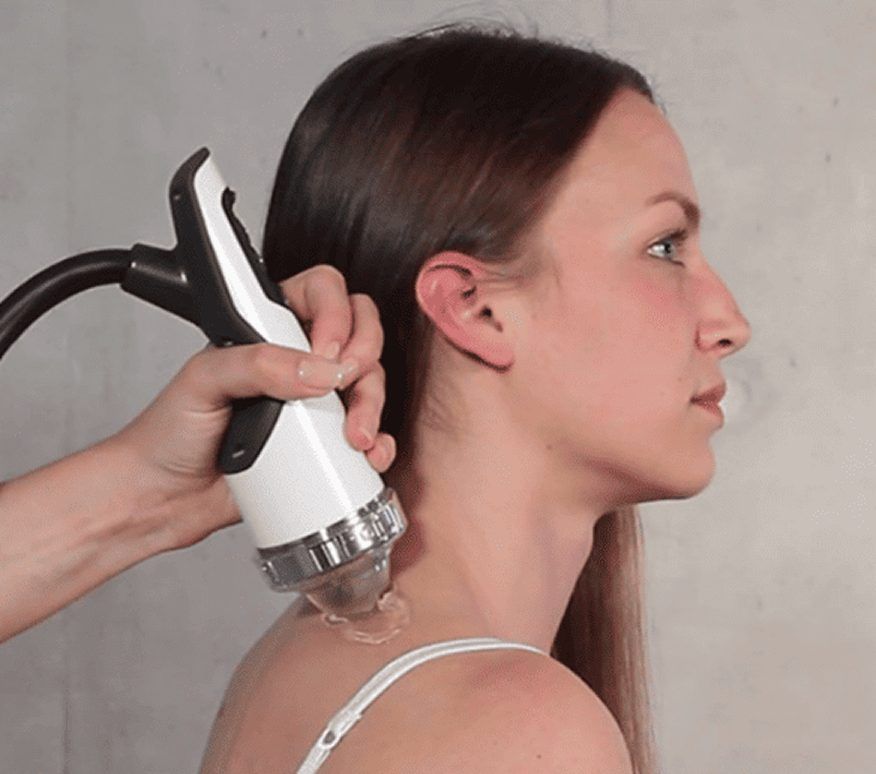
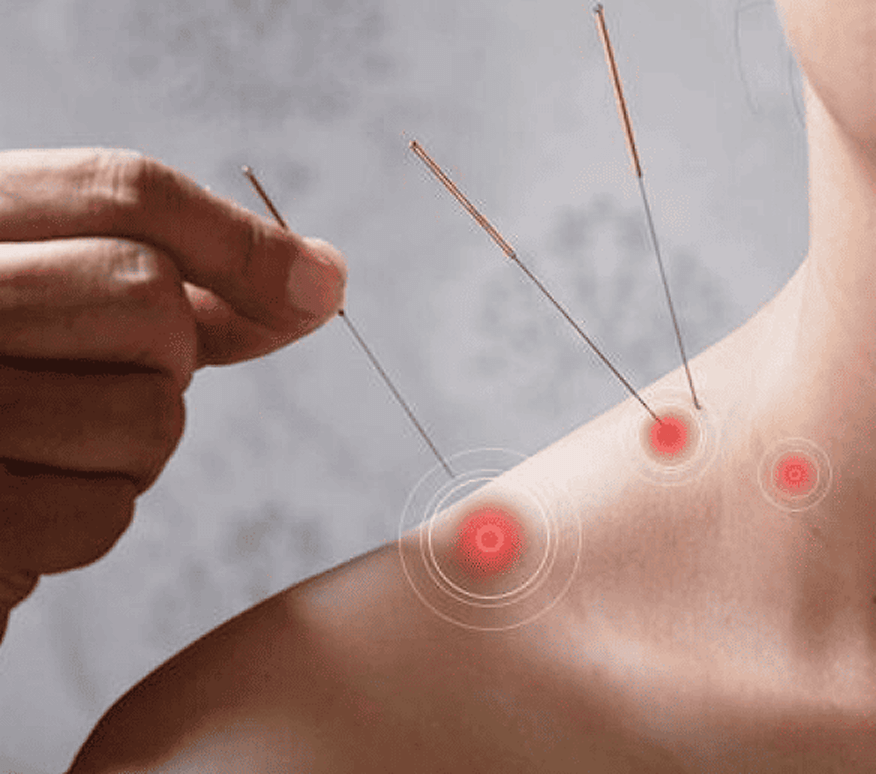
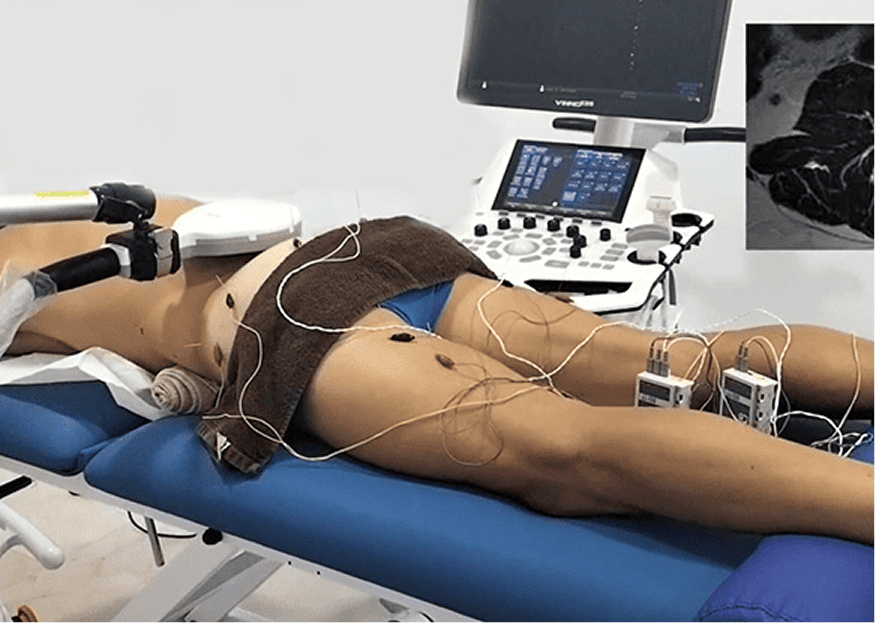
Percutaneous neuromodulation (PENS) is a therapeutic approach that uses electrical stimuli to calm and desensitize hyperactivated nerves. It involves the insertion of several filament-thin needles under ultrasound guidance into muscle tissue adjacent to the targeted nerve. PENS stimulates the nerve with varying waves of low frequency electrical current to help restore optimal neural function.

The Stecco method of fascial manipulation involves deep friction that heats up tissues and stimulates mechanical action. When performed by a trained professional, Stecco fascia manipulation is a fantastic and evidence-based methodology for breaking up scar tissue and releasing adhesions, to restore the integrity of fascial tissue. Patients often report immediate pain relief after a single Stecco session.
Orthobiologic injection therapies use natural/neutral solutions, injected with precision thanks to ultrasound guidance. The injected solutions stimulate cellular repair by either nourishing or irritating the targeted cells. Needling procedures like dry needling and PENS use filament-thin non-medicated needles to target myofascial trigger points and normalize neural activity.
For needling procedures, Dr. Kalika partners with orthobiologic specialist Dr. Yuri Brosgol, providing ultrasound guidance to ensure that the needles hit their mark. Treatment results are dramatically enhanced when tissues are pre-treated with focused extracorporeal shockwave therapy (fESWT), and myofascial release techniques.
Once we have successfully pre-treated damaged tissues, we can begin one-on-one physical therapy to restore strength and stability, optimize mobility, and re-establish optimal neuromuscular pathways and muscle coordination patterns.


Neck pain can be relentless and debilitating, interfering with your ability to enjoy life to its fullest. Pain medications and surgeries fail to get to the root cause of neck pain, they only treat the symptoms without resolving their underlying causes.
 Dr. Yuri Brosgol
MD
Dr. Yuri Brosgol
MD
 Dr. Michael Goynatsky
DPT
Dr. Michael Goynatsky
DPT
 Dr. Daniela Escudero
DPT
Dr. Daniela Escudero
DPT
 Dr. Michelle Agyakwah
DC
Dr. Michelle Agyakwah
DC
 Dr. Tatyana Kapustina
L. Ac.
Dr. Tatyana Kapustina
L. Ac.